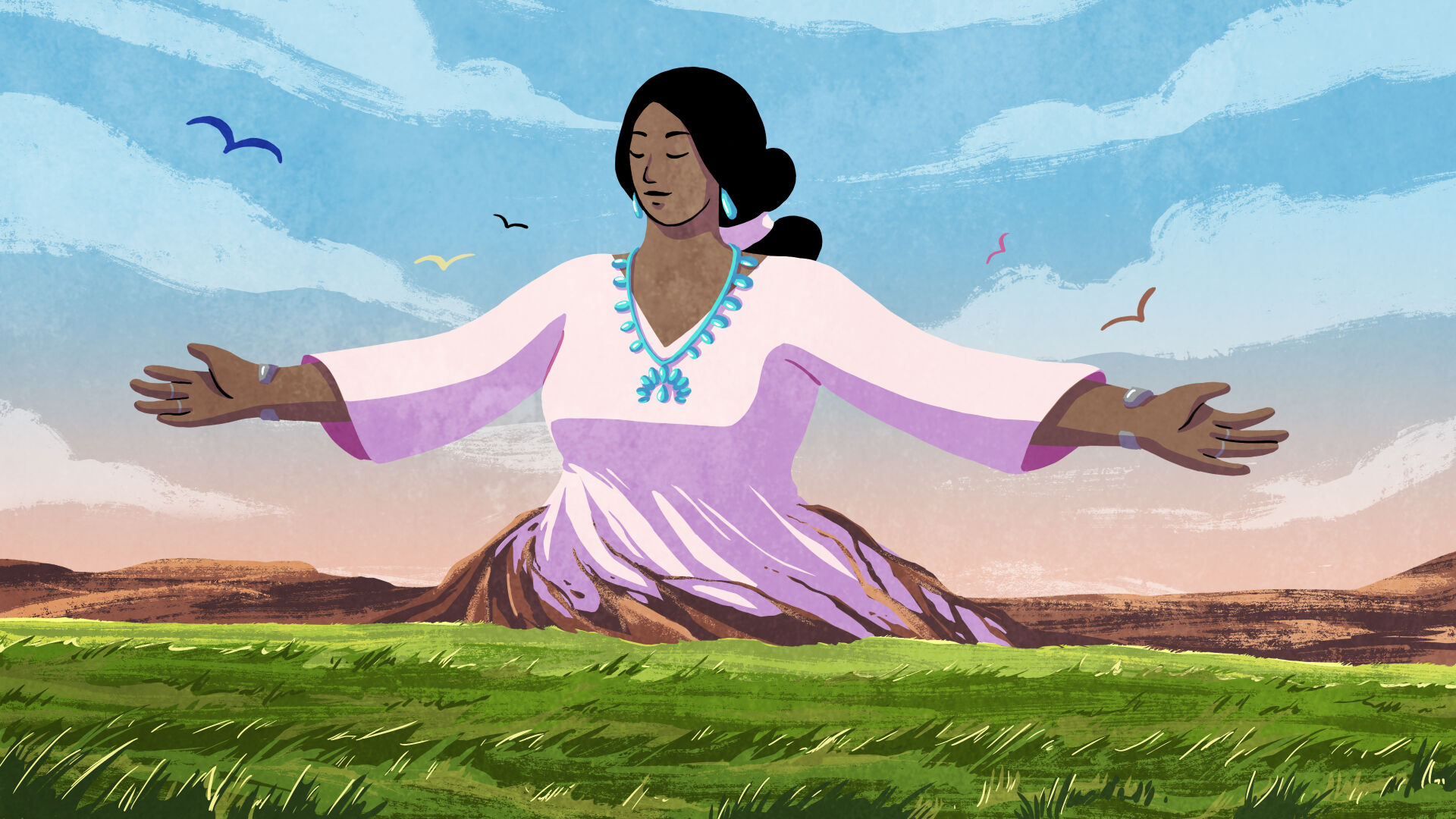LOS ANGELES — Kiss the Ground, a 10-year-old environmental nonprofit leading voice in bringing awareness to regeneration through its storytelling, education and advocacy, has announced the launch of its newest slate of premium and short form programs.
In celebration of Earth Day, they are launching, “Possibilities of Regeneration.” This educational animated short offers a journey that reminds people of their role in stewarding and protecting the earth and asks: if we expand the regenerative mindset beyond farming, what else is possible?
“Possibilities of Regeneration” explores the indigenous origins of regenerative agriculture, offering a story that is both new and ancient in its roots. Co-written and narrated by Lyla June Johnston, an Indigenous public speaker, artist, scholar and community organizer, the film takes a holistic approach to regenerative stewardship, expanding the idea of regeneration beyond the principles popularized in the relatively young movement.
“While the modern-day regenerative movement has gained attention over the last decade as a viable solution to reverse our climate and wellness crisis, it is currently gaining exponential momentum,” said Evan Harrison, CEO of Kiss the Ground. “As such, now is the optimal time for history to be front and center of the narrative. ‘Possibilities of Regeneration’ … showcases the power of regenerative agriculture and how humans can lead and positively impact our planet. In celebration of Earth Day and beyond, our stories aim to educate, inspire individuals and companies to join the movement and help create a healthier, more regenerative future.”
At approximately five minutes long, the film was animated by Emmy- and Annie-Award animation director Jason Carpenter and his team. The film is co-written and produced by the team of Lyla June Johnston, Kate Oliva and Karen Rodriguez, of Kiss the Ground.
“This project is important because so much of the history of indigenous peoples on this land has been distorted,” Johnston said. “A lot of the understanding of indigenous foodways has been reduced to this label of hunter-gather, when in fact, indigenous peoples were active cultivators and gardeners of entire bio-regions. This film is highly important because it is the first time the true story of the grandeur of our food system is being appropriately animated in a beautiful way and properly told using high production quality standards.”


